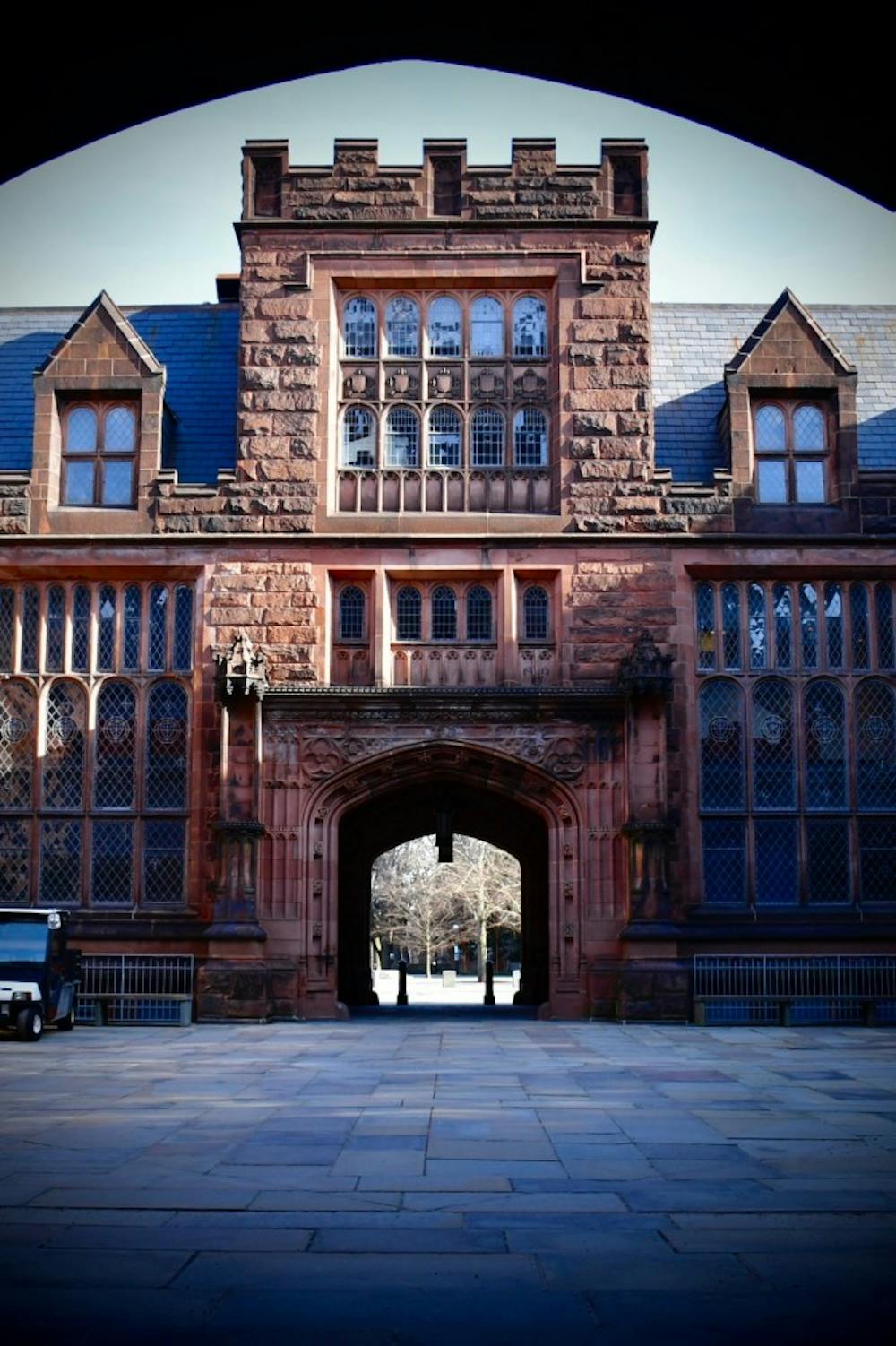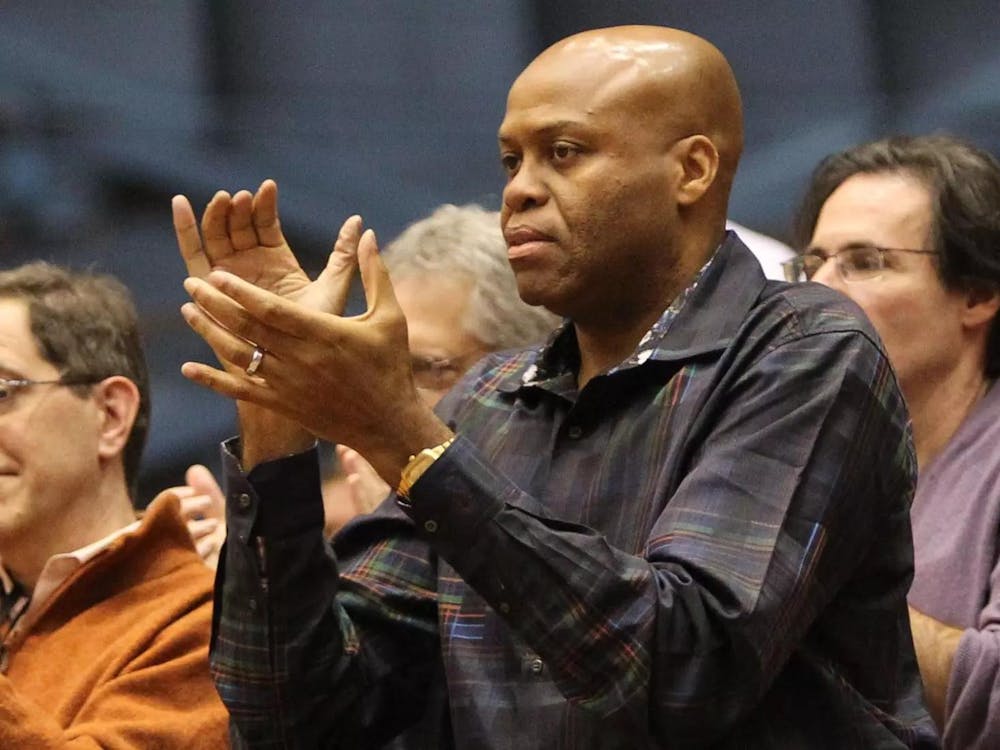By some measures, interdisciplinarity seems to have gained a central place in our undergraduate education here at Princeton. Some courses, like “Computer Science: An Interdisciplinary Approach” or “Interdisciplinary Design Studio” are explicitly termed cross-disciplinary. Others are given cross-listed course designations: to take an arbitrary random sample of non-language and non-writing seminar classes offered on Thursdays this semester at 11 a.m., 44 of 80 are cross listed between any number of other departments.
The benefits of such interdisciplinarity are substantial. By institutionalizing connections between different epistemologies, the core of the liberal arts education is strengthened. While specialization in a particular field is important, drawing connections, comparisons, and contrasts between disciplines is perhaps even more so. Through this approach, students arrive at a more holistic, contextually nuanced understanding of a particular issue.
It is somewhat peculiar, however, that despite Princeton’s numerous attempts to promote conversation between disciplines, we as undergraduates seem to be increasingly turning away from such connections.
Attitudes are not easy to quantify, of course, and it may be difficult for us, who have such a limited chronological frame of reference, to ascertain what is truly “different” about our educational attitudes from those of our predecessors. Still, several facts seem to suggest a trend away from interdisciplinarity.
Undergraduate enrollment in graduate-level classes seems to be more and more frequent among upperclass students. These classes are by definition more specialized than undergraduate courses, so much so that they are often qualitatively different.
Within the sciences specifically, professors I’ve spoken with note an accelerating tendency in recent years for undergraduates to join specialized research groups earlier and earlier. While undergraduate research is of course to be praised, one wonders whether research specialization by sophomores or even first-years may hamper exploration of other disciplines.
We often praise taking such “advanced” courses as evidence of intellectual mastery and as advantageous for applications of various sorts. Taking introductory courses in other disciplines, instead, is often denigrated as simply meant to fulfill distribution requirements.
How can we reverse this trend and reinforce, or rescue, our commitment to undergraduate interdisciplinarity? Such a pressing problem demands a solution that impresses upon us, and future generations of college students, the absolute indispensability of the connections between ways of thinking.
We need an architecture of interdisciplinarity.
To envision such a new architecture, we may begin by noting how currently, our campus urban layout reinforces disciplinary boundaries. At present, our campus is strictly organized, spatially, into several distinct academic clusters. Each consists of built environments unifying traditionally similar academic disciplines, while excluding others.
To the south exists the natural sciences cluster (Lewis Thomas, Neuro, Jadwin, Frick, Icahn, and Guyot), to the north the humanistic axis (McCosh, East Pyne, Dickinson, Marx). The social sciences cluster exists along Washington Road (Julis Romo Rabinowitz, Bendheim, Robertson, Corwin), an the engineering cluster (Friend, Sherrerd, E-quad) exists on the easternmost part of campus.
Such spatial distinctions are helpful for grouping students and faculty with similar interests, but these boundaries make crossing over between them exceedingly difficult. With lecture halls, precept rooms, and cafes, specific to each discipline, students are implicitly reminded every time they go to class that ways of thinking are located in a particular location, separate from others. Intra-disciplinary rather than interdisciplinary cognition is reinforced and internalized.

How can we employ architecture in support of, rather than against, interdisciplinarity? When we traditionally think about what “architecture” means, we think of buildings, their designs, their materials, their forms. But we should not forget that architecture is not just about these things — it is also about the human interactions occurring within them.
In his book “101 Things I Learned in Architecture School,” Matthew Frederick calls this “space planning,” which is “the organizing or arranging of spaces to accommodate functional needs.” As Frederick points out, the way that spaces are arranged in our environment is not simple or inevitable, even if we may assume it to be so in our day-to-day lives. Rather, their particular assortments and relationships can be shaped to communicate and encourage deeper ideas and interactions.
Frederick’s concept of space-making offers us a starting point to employ architecture for interdisciplinarity. While we may not be able to reshuffle the disparate layouts of the four academic clusters so they are better integrated (nor would such a move, even if feasible, be necessarily desirable), we may be able to alter the way we teach and learn in these buildings to foster such connections.
In particular, I propose that the University intentionally schedule more lectures and precepts for undergraduate classes in the spaces and buildings of seemingly unrelated departments.
To a small degree, this is already happening. I’ve noticed computer science classes held in the basement of Thomas Laboratory, probability courses in the neuroscience building; organic chemistry lectures held in McCosh 50; and politics precepts held in the astrophysics building.
At first I, and students I’ve conversed with, have interpreted these occurrences as merely random. Logistical necessity rather than deliberate decision making, I assumed, must underlie such decisions. Why hold a class of one department in the building of another?
But why not? In fact, such spatial academic cross-linking may provide a subtle, yet tangible, force for reinforcing interdisciplinarity on campus.
Any number of positive consequences relating to interdisciplinarity may result. Consider a humanities major who finds they have a history precept in the E-Quad. Such a student, while at first perhaps frustrated by the extra walk, may along her way to class spontaneously get a glimpse of an engineering lecture in session along the way, or an engineering lab.
Additionally, intermingling course venues in this manner could also encourage students to take courses outside their discipline in the future. At present, we make our course selections primarily by digital means: we visit the course registrar’s website, read course descriptions, and take into account course reviews. But what if, to return to the example above, a humanities student, glimpsing an engineering lecture along the way to class, is inspired to take such a course in the future?
Even if such interactions do not spark an interest in the discipline contained within the new physical environment, they might give the student new, original insights into connections with his or her own discipline.
One concern I could imagine some voicing to this proposal would be one of inconvenience. For first-year engineers, for instance, it is quite convenient to have classes in the E-quad.
To this I would respond by holding that courses could still be located in venues that are relatively nearby, within the 10-minute window for students to travel between classes. One possible connection could occur between the social sciences and humanities axes. After all, Julis Romo Rabinowitz, the center of the economics department on campus, and McCosh Hall, the center of the history department, are so close as to quite literally face each other across Washington Road.
Faced with the increasing tendency toward academic specialization earlier and earlier, the University should employ architectural “space making” to cement our collective commitment to interdisciplinarity.
Gabe Lipkowitz is a senior concentrator in molecular biology. He can be reached at gel@princeton.edu.








